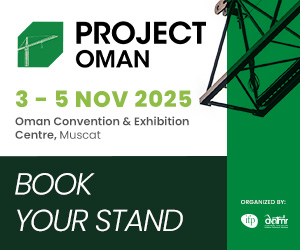Two thirds of the infrastructure projects that will be delivered in Qatar this year and in 2018 will provide domestic demand with a welcome shot in the arm going forward, a new report has shown.
Getting ready for the games is proving to be an enormous task, with an “eye-watering” $500mn currently being spent weekly on the construction of stadiums, hotels, roads and sewage works, a recent report by Focus Economics said.
Over the next two years, growth should be lifted by moderately higher oil and gas prices, while the new Barzan gas project will boost gas production by 1.4bn cubic feet per day.
The 2017 budget approved last December signalled the government’s intention to continue to pare back government expenses and the public wage bill, and channel available resources towards health, education and capital investment for the 2022 World Cup.
Although Qatar’s economy looks set to continue to expand at a reasonable pace, things won’t all be “plain sailing”, it said.
“Energy prices represent one major downside risk, with recent signs of record US crude inventories sending oil prices tumbling in early March and casting doubts on the effectiveness of the Opec deal.
“There is also uncertainty in the LPG market, with fears of a supply glut going forward as new reserves from Australia and the US come on stream, which could threaten Qatar’s slice of the market.”
Hydrocarbons form the bedrock of Qatar’s economy, Focus Economics pointed out.
Despite the government’s concerted diversification efforts, oil and gas revenues still account for around half of GDP, some 90% of fiscal receipts and the bulk of exports, making the country “vulnerable” to global price swings.
After oil and gas prices tanked a few years ago, the Qatari economy followed suit, with growth dropping from 4.4% in 2013 to an estimated 2.6% last year.
However, Qatar has had a softer economic landing than most other oil-exporting nations.
Prudent spending in the years leading up to 2015 means the country’s breakeven oil price is substantially lower than the GCC average; as a result, despite slipping into the red last year, the country’s fiscal deficit is projected to have been the second-lowest among Gulf Cooperation Council (GCC) members, and far below the yawning deficit observed in neighbouring Saudi Arabia.
Faced with a new lower-growth paradigm, the country is in the process of battening down the fiscal hatches, in synchrony with countries across the region.
The country’s colossal sovereign wealth fund, the fruit of over a decade of sound economic management, has cemented confidence in the economy and allowed the government to issue $9bn in bonds last May in order to finance the budget deficit, the report noted.
Over the next two years, growth should be lifted by moderately higher oil and gas prices, while the new Barzan gas project will boost gas production by 1.4bn cubic feet per day, Focus Economics said.
Gulf Times
05 September














































































